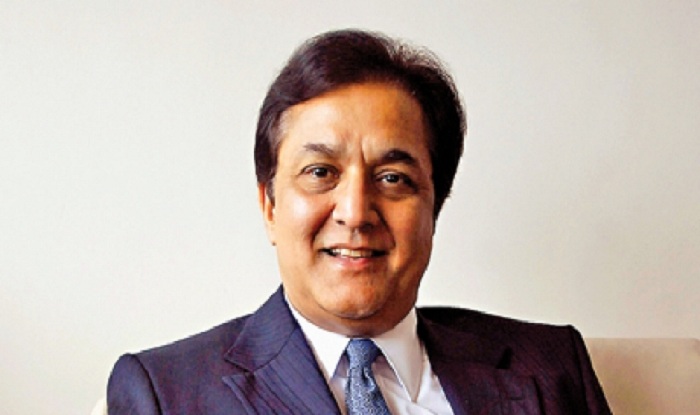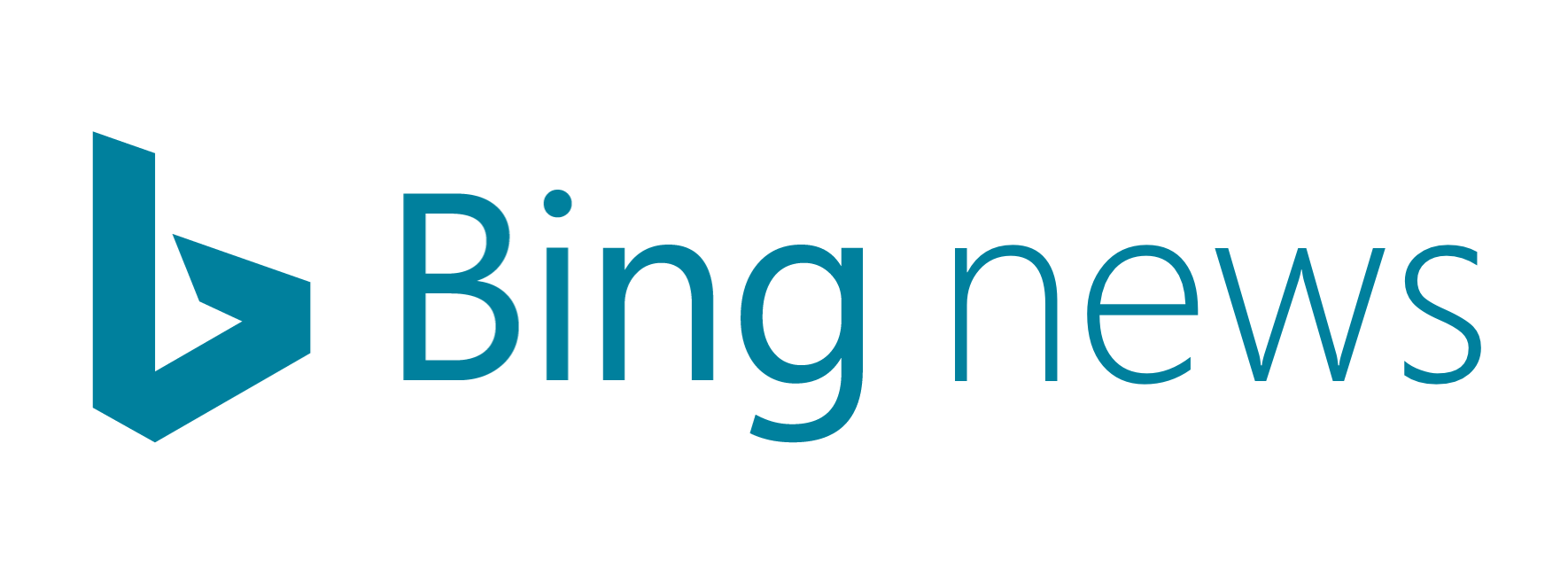Rana Kapoor, MD and CEO, YES Bank says, Throughout the course of history, disruptions in technology and socio-economic patterns have presented opportunities to the one who has been best prepared to take advantage of it. The current era of disruption marked by rapid advancements in computing power (automation, AI and IoT) is a defining opportunity of our times. Like all other disruptions, the threat perception is high especially in terms of potential loss of jobs as the transformation transpires in the economic sectors and now impacts our daily lives.

To make sense of this opportunity, new age corporations need to chart out an approach to cope with constant changes, enormous expectations and an unpredictable future. Most of the time they will have to re-orient and re-calibrate their approach to ‘learning’ for developing a ‘Future Ready Workforce’, which has the capability and confidence to meet future needs. Organizations need to shift the dial from awareness to actualization, by deploying ‘learning & development’ solutions to equip employees with ‘future ready skills’ pertaining to emerging technologies and develop enhanced capabilities for driving business results in this new world.
Visualizing the Future: It is easier to plan and execute if the future is reasonably predictable. However, the exponentially increasing scope of AI and robotics is making it difficult to understand the scope of re-training or re-skilling. Thus the re-training schedule will have to deliver an on-demand, need based, seamless and personalized learning experience. While lifelong learning has become cliché in HR circles, there is a need to break the psychological barrier and enable the trend of re-skilling in mid-life professionals and entrepreneurs. This is not only to add value to the same job, but sometimes even re-skill completely to shift focus to different areas during the 40s and 50s. Fortunately, we are seeing progressive corporations in our own country spend time and resources to re-skill employees in futuristic technologies.
Rise of New Media: The rise in new media content is also disrupting conventional learning styles, leading to a shift toward self-learning. Employees can see the content and the possibilities it offers, and they are increasingly taking independent decisions to get back into re-skilling. This is why the traditional training paradigm is shifting to just-in-time transmission of skills and sharing of knowledge and information to boost employee performance. Most organizations are currently focusing much of their ‘L&D’ attention on the short-term. But with the dramatic change propelled by technology, economic transitions, digitization and the ever changing needs and expectations from the workforce, the employer-manager will not want to face 2020 with only a near vision.
Bringing the Future to the Present: Creating a talent strategy for 2020, and getting the right staff with the right mind-set and skills can hardly be overstated. To realize this, tough calls need to be taken by human capital managers; creation of centres of excellence in specific domains and re-designing the organisational learning strategy to be ‘Future Ready’ are the starting points in this regard. There are some guidelines to be more competitive in 2020 and beyond:
First, the need to shift in attitude of having a job for life to developing an orientation to continuous learning at work needs to be drilled. The workforce of today can combat the skills crisis by adopting lifelong learning to remain as relevant and agile as the changing marketplace.
Second, workforce had to be fully prepared to negotiate change. The organization needs to have the ‘Agile Human Capital’ in place to quickly understand and deploy emerging technologies without creating chaos in the organization. And it should be able to do this while you ‘keep the lights on’ at a fraction of today’s expense.
Next, the organization’s operating model, the human capital approach, its ability to innovate, and ability to execute among other things also needs to be reviewed periodically. With the results of such a strategy, one will need to work to determine the skill-gaps that as an organisation the corporate will need to choose.
Finally, organisations will need to devise a clear and structured learning roadmap on the way it will close the gaps identified by reconciling and re-prioritizing current initiatives if required, and defining the new learning model. This will help everyone understand how they will execute together, with alignment and accountability to achieve the 2020 vision.
To conclude, it is entirely possible that advanced technologies including automation shall replace some job-rolls that we have now. However, dynamic decision making in unpredictable environments will always be difficult to be replicated by a machine. As the ‘Future of Jobs’ report by World Economic Forum indicates, critical thinking, cognitive flexibility, negotiation, creativity and emotional intelligence are a few of the skill sets that will not be replaced in 2020 or beyond. So the future talent manager will need to understand and maintain the balance between bringing in disruptive technologies and re-orienting the thinking process.
The future is always uncertain but we live in an age where we tend to discount everything today– the sort of conscious being that makes rational decisions, forms opinions rather than insights and develops preferences rather than conclusions. Till the time the reality does not knock on the door-step, problem-solvers and smart administrators should be able to elevate human labour towards higher skilled work, deliver enhanced functions and broadly act in collaboration instead of competition.






